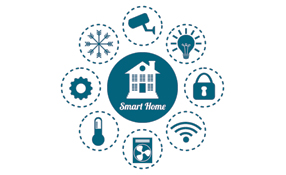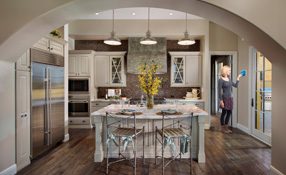Brad Hintze

Brad Hintze
Director of Product Marketing, Control4Brad Hintze is the Director of Product Marketing for Control4. He specializes in marketing strategy, partner marketing, developer marketing, product marketing, brand identity & positioning, demand generation, corporate communications, public relations, sales enablement, etc.
News mentions
Small-timers with big ideas can always make their way into the industry In recent years, home automation technology has given birth to the “Smart Home” in which internet...
As the home automation industry has expanded with an ever growing number of devices and services, companies are placing bets on which wireless protocols will dominate. The past few years the leaders h...
Many security dealers and installers are expanding their offerings to include home automation equipment The growth of home automation and “smart home” technology has cre...




































